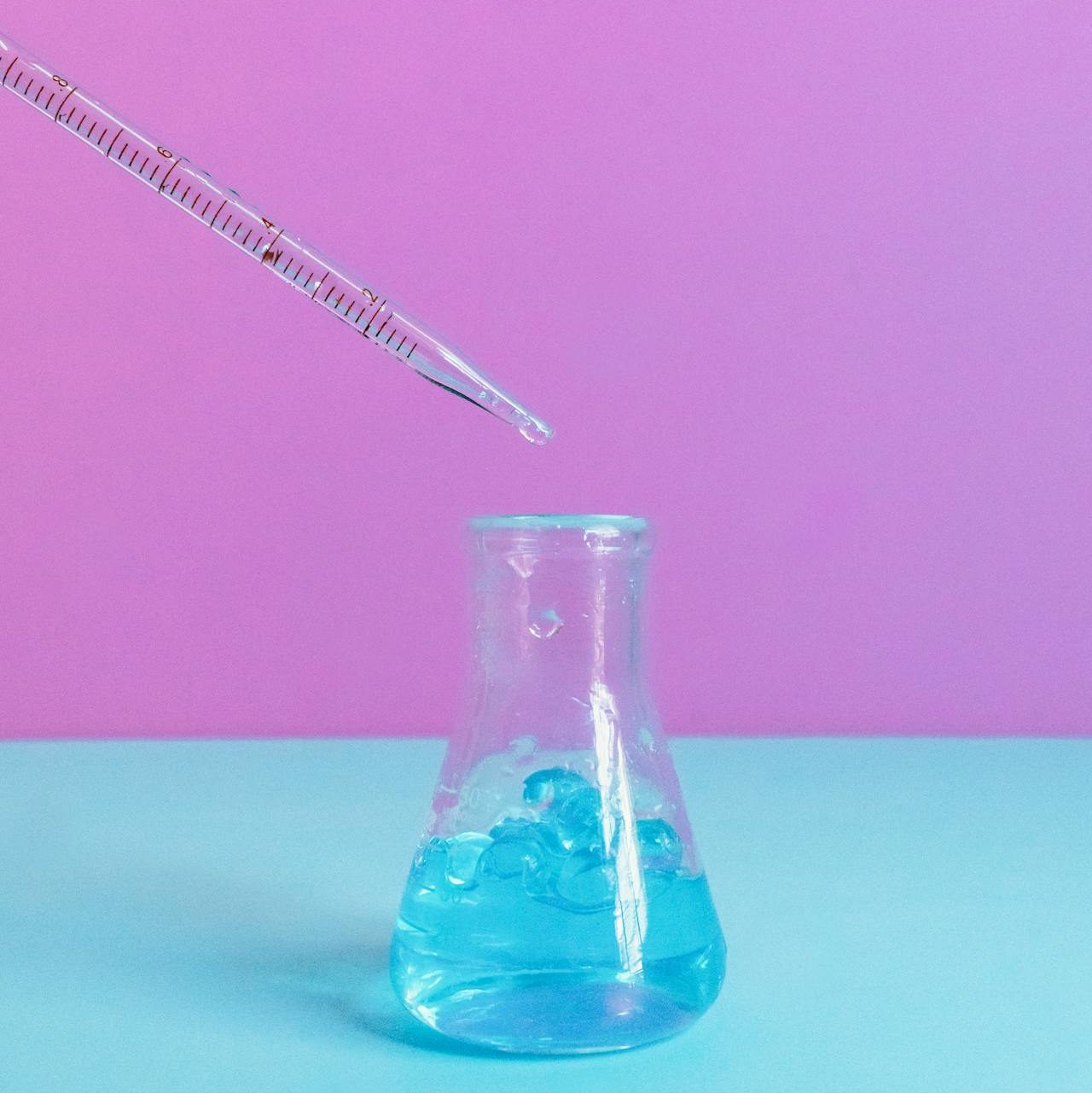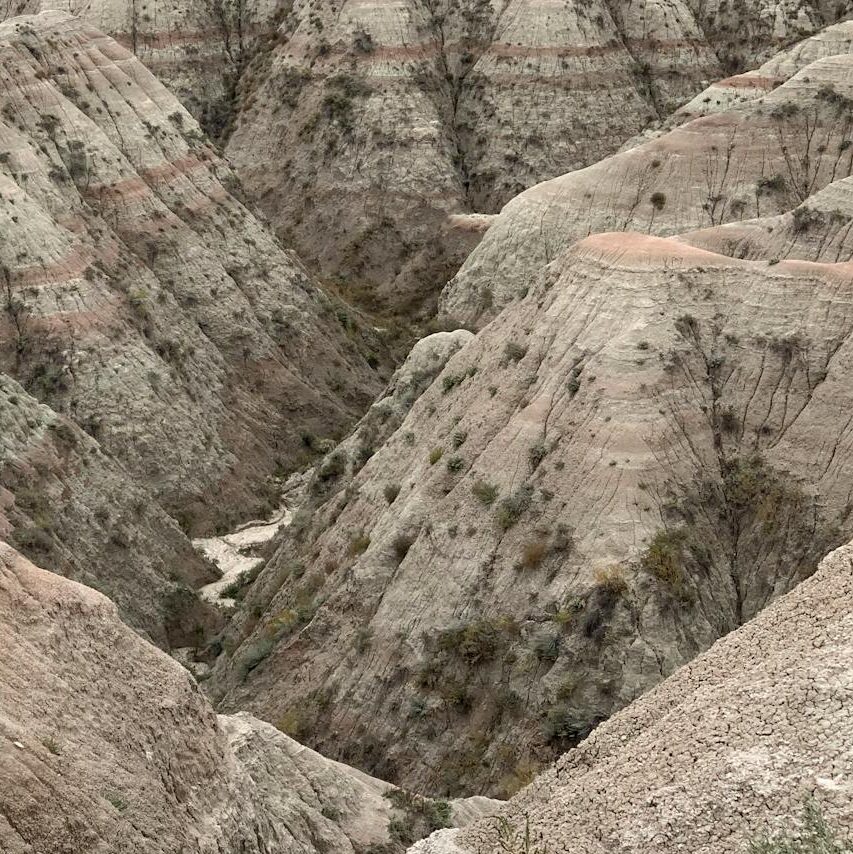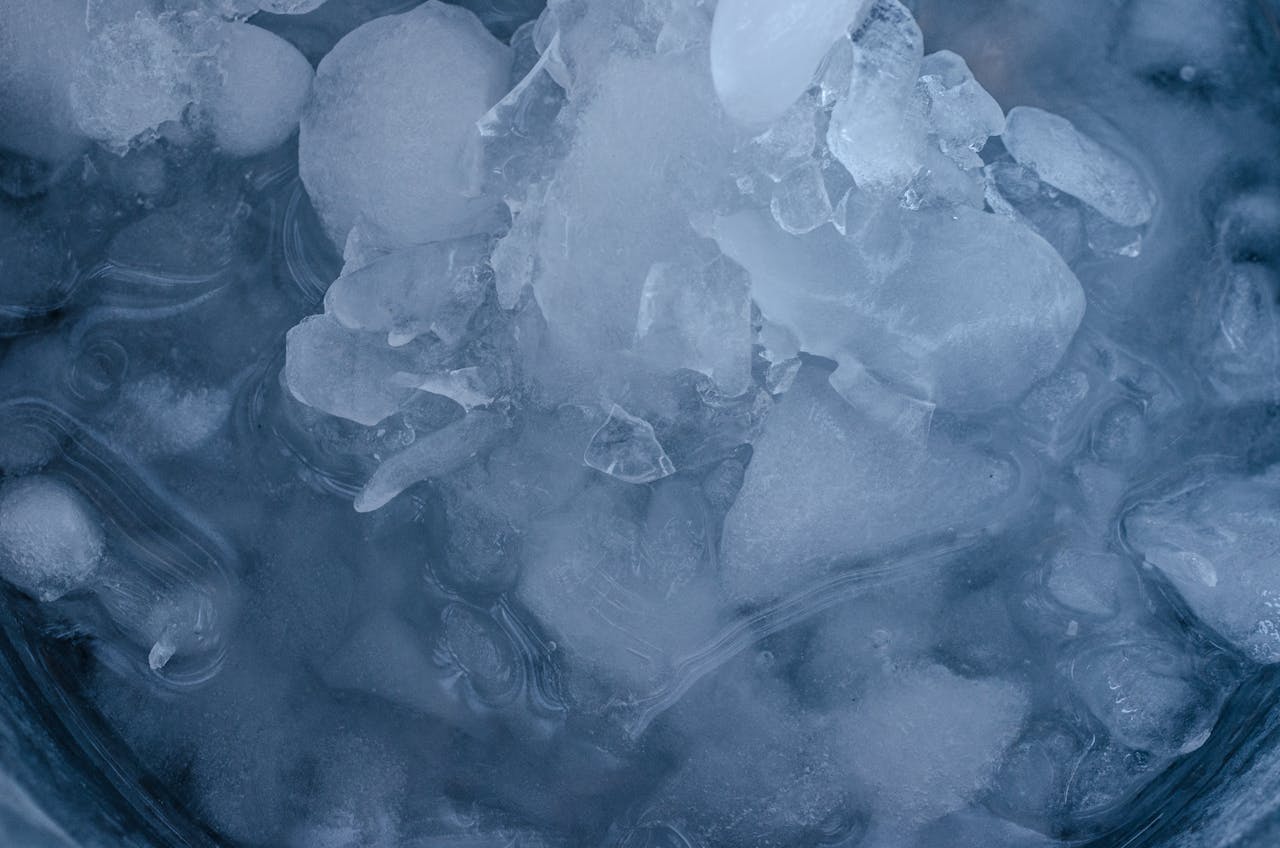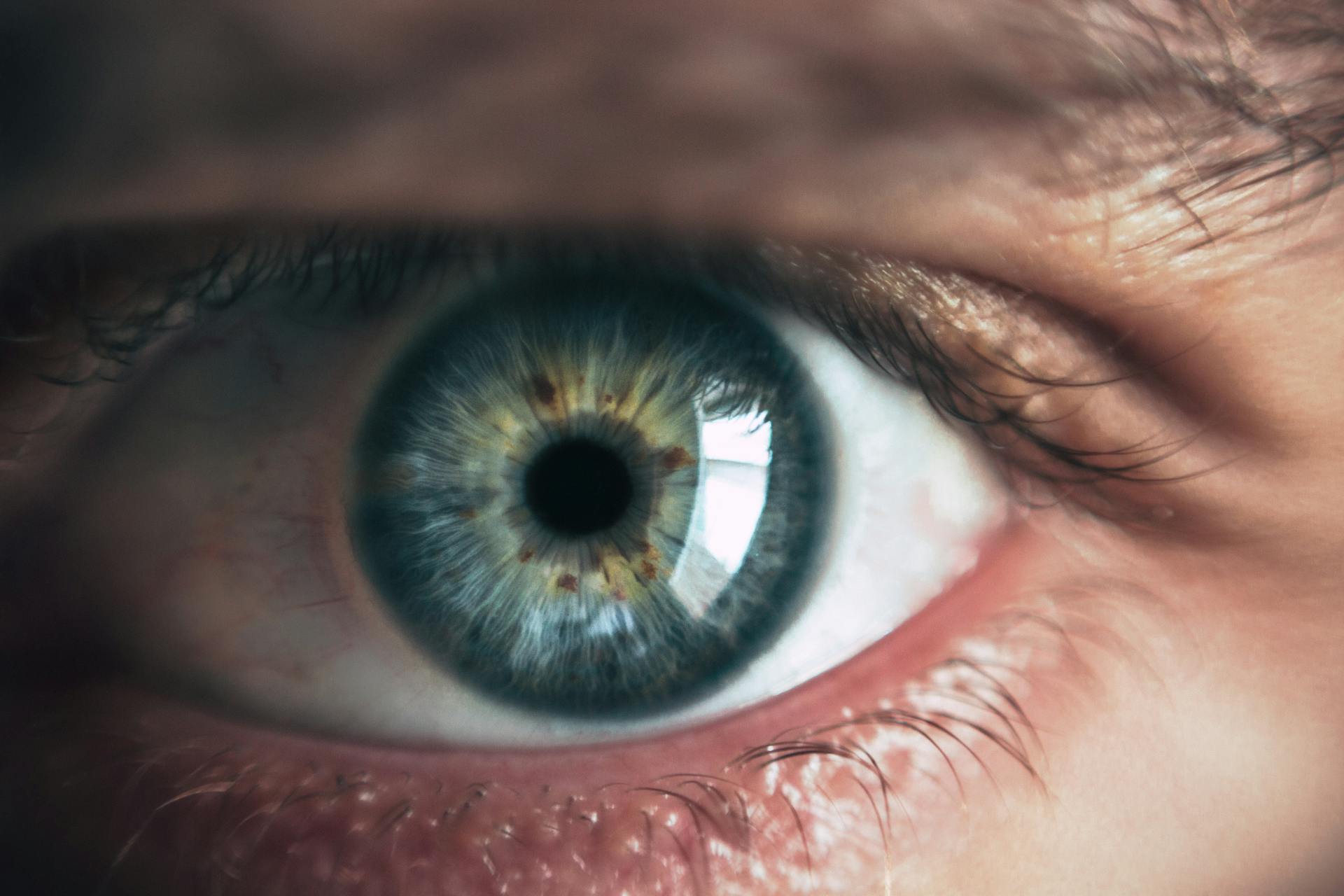How Water Freezes: The Mystery of Ice Formation Explained
We often hear that water freezes at zero degrees Celsius, but that’s not always the case. In fact, water can remain liquid even at temperatures far below zero, especially in the form of supercooled droplets. Scientists have observed water as cold as minus 40°C in clouds and even managed to cool it to minus 46°C in a lab before it finally froze.
Why Doesn’t Water Freeze at Zero Degrees? Freezing is more complicated than just hitting zero degrees. For water to turn into ice, it needs something to start the process—like a tiny seed, or nucleus, around which the ice can form. Pure water, without any impurities, is very slow to freeze at zero degrees because it lacks these nucleation seeds. However, in nature, particles like dust or bacteria can act as these nucleation points, speeding up the freezing process and allowing water to freeze at higher temperatures.

How Ice Nucleation Works
Ice nucleation is the process by which ice begins to form. Water molecules randomly move around, and sometimes, they organize themselves into a structure that resembles ice. However, this small ice “embryo” isn’t stable at first—it can either grow into ice or dissolve back into water. For the ice to grow, the embryo needs to reach a certain size to overcome an energy barrier, which is like needing a little push to dive off a cliff into a pool. The colder the water gets, the easier it is for the embryo to cross that barrier and for ice to form.
The Role of Surfaces and Impurities Impurities in water, like dust or bacteria, make it easier for ice to form because they reduce the energy needed for nucleation. Scientists are still learning exactly how different surfaces and impurities affect ice formation. Certain surfaces, especially those that resemble the structure of ice, can act as scaffolds, helping water molecules arrange into ice more easily.
Nature’s Ice Makers: Bacteria and Fungi Some bacteria and fungi have evolved to promote ice formation, and these microorganisms play a role in cloud formation and precipitation. One of the best-known ice-nucleating bacteria is Pseudomonas syringae, which can cause water to freeze at temperatures as high as minus 2°C. In fact, this bacterium is used in artificial snowmaking in some places.

Why Understanding Ice Nucleation Matters Ice nucleation isn’t just a scientific curiosity—it has real-world implications. Ice formation in clouds plays a significant role in creating rain and snow. Some regions use ice-nucleating materials to encourage rain during droughts. Governments have even experimented with ice nucleation for weather control, including efforts to reduce hail damage or influence weather during military operations.
While scientists have made great strides in understanding ice nucleation, many questions remain. Researchers are developing computer models to better predict how ice forms, which could help improve weather forecasting and even lead to the design of materials that can control when and where ice forms.
In summary, the freezing of water is a fascinating process that involves much more than just dropping below zero degrees. From natural bacteria to cutting-edge computer models, scientists continue to uncover the secrets of how and why water turns into ice.
By,
Dr.Rakshan,
Chemistry Research Scholar,
Manipal Academy of Higher Education.
NEST PUBLICATIONS(R.)
Karnataka’s Best Publication for NEET and KCET Materials.




